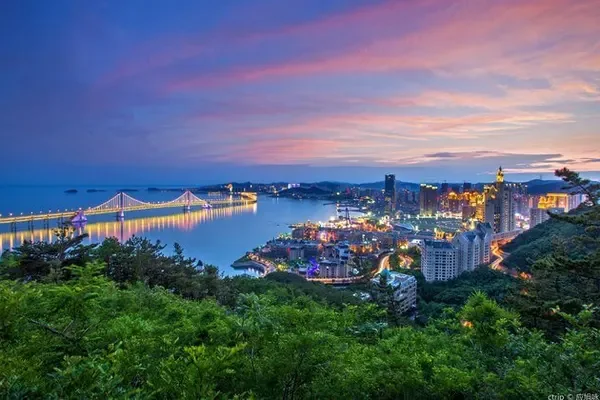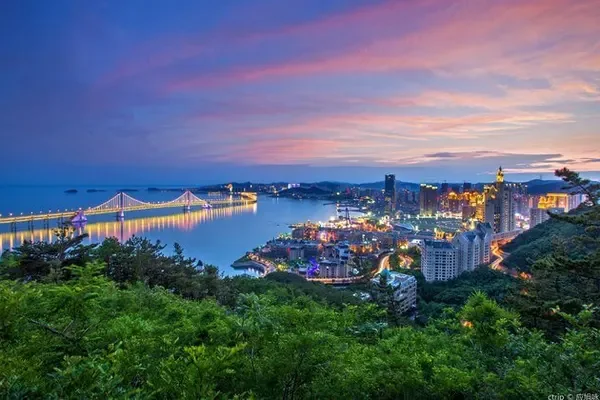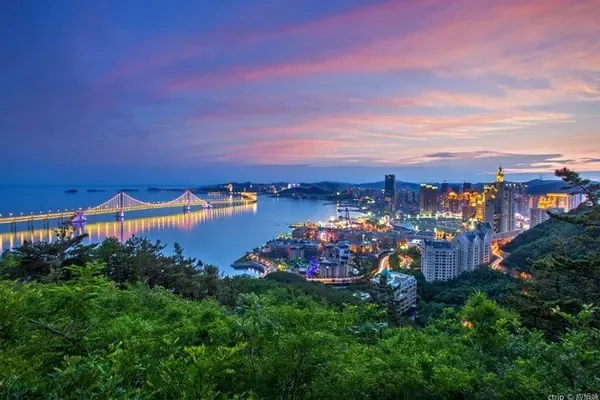★Tourist location: Guizhou Anshun Confucian Temple
Anshun's Confucian Temple and Wu Temple are not far apart, no wonder they use the same archway! . But when we came out from the Wu Temple to the Confucian Temple, the door was already closed. It turns out that the Confucian Temple is not open to citizens and tourists 24 hours a day. It is estimated that the closing time is quite early.
Later, I took a little time to look at it, and it can be regarded as the end of the little thought in my heart. The time plan was a bit tight, so I could only walk around in a hurry.

Anshun Confucian Temple, also known as Fuxue Palace, was first built in the Hongwu period of the Ming Dynasty, and it was built at the same time as the Wu Temple. After the restoration and expansion in the Ming and Qing dynasties, the scale is larger than the Wu Temple. Of course, there are countless Confucian Temples all over the country, the larger ones include Qufu, the hometown of Confucius, and Beijing Confucian Temple, which is the capital of the emperor.

In terms of scale, the Confucian Temple in Anshun is not large, but it has the reputation of "the temple of Confucianism in central Guizhou", "the most exquisite Confucian temple in China", and "the palace of stone carving art". Confucian temples mainly made of stones are really rare.

Today, Anshun Confucian Temple has preserved 22 buildings, with Zhaobi in front, Limen and Yilu at the entrance, and an openwork stone flower wall in the middle, also known as the palace wall. Even without counting the platform below, there are three layers above. The first layer is hollowed out stone panes with different patterns. The second floor is engraved with the words "The Palace Wall Counts Ren", which sounds extraordinary. There are figures such as Buddha statues on the third floor, which is a bit puzzling. Although Confucianism, Buddhism and Taoism are often juxtaposed, they actually have different views, and it seems that the relationship is not that close.

The dismounting stele is also indispensable. It is on the left side of the palace wall. Although this strip-shaped stone stele is inconspicuous, it reminds "civil and military officials, soldiers and civilians to wait here to dismount from the sedan chair and horse" to show respect for Confucius.

The Confucian Temple has four entrances. The first entrance is divided into upper and lower courtyards. There is a half-moon-shaped pool in the middle courtyard. Although it has the same name as "Panchi", it has a different shape from the Wu Temple.
There is a small three-hole stone arch bridge on the pool, known as the "Zhuangyuan Bridge". In ancient times, all scholars in the middle school had to cross the stone bridge, also known as "Youpan". Even though there are still many candidates who deliberately come to the Zhuangyuan Bridge, it is said that it is quite effective. But isn't there only one so-called "No. 1 scholar"? The so-called efficaciousness probably means that children can learn and make progress.

A single-room pavilion with double eaves and a mountain top was built at the east and west ends of the second entrance compound, "Guixiang Pavilion" and "Zunjing Pavilion", which are places where the list of sacrifices is posted and announced during sacrifices.

The third entrance is the main building Dacheng Hall, which is in the style of a courtyard house, and it is dedicated to Confucius and several outstanding and famous disciples under his seat. Confucius had seventy-two disciples, and not all of them can be recorded here.

The most conspicuous thing about Dacheng Hall is the two eaves pillars in front of the hall, which are large pillars carved with two huge stones. The base of the pillars is a stone lion. The scales, dragon head, and dragon claws are hollowed out and carved, appearing delicate and exquisite. This pair of openworked dragon pillars is said to be the treasure of the town!

Legend has it that when chiseling pillars, the remuneration for masons is very high. The silver is calculated according to the amount of chiseled stone chips and powder, and one tael of stone chips is one tael of silver. These stone chips are really expensive. These four Panlong stone pillars are collectively called the "Four Stone Treasures of the Confucian Temple", which immediately increased the value of the Confucian Temple by a large margin.

There are two stone pillars outside the Dacheng Gate. Although they are not as exquisite as the two inside, they are also very imposing, simple and dignified.
The four-entry courtyard is built along the slope, so the building gradually rises. Although it looks old, it is still quite imposing. There are doors on the left and right of the front porch of Dacheng Hall. It is said that there used to be a "Chongsheng Temple", but it has been destroyed now.





















